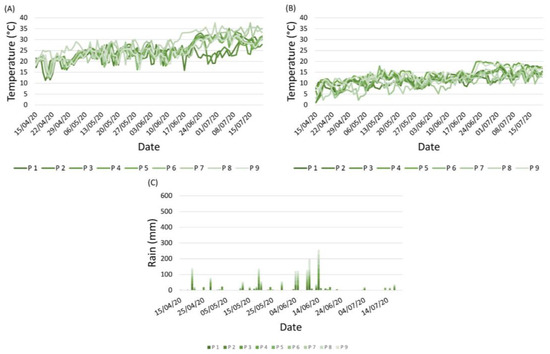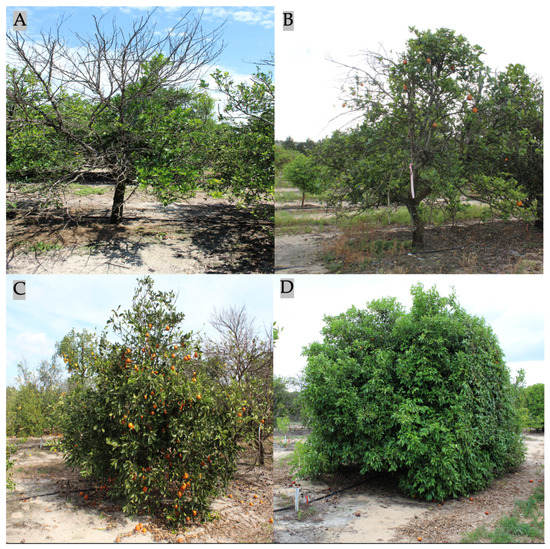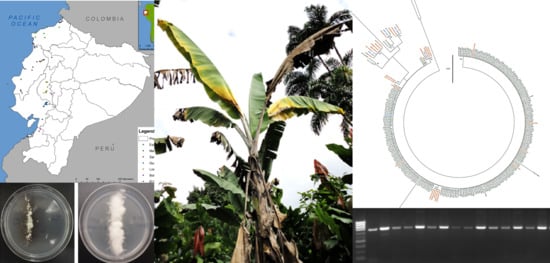Feature Papers in Plant Protection
A topical collection in Plants (ISSN 2223-7747). This collection belongs to the section "Plant Protection and Biotic Interactions".
Viewed by 232630Editor
Interests: plant microbiome; microbe-induced plant tolerance to stresses; endophyte; sustainable agriculture
Special Issues, Collections and Topics in MDPI journals
Topical Collection Information
Dear Colleagues,
As follows from the title, this Topical Collection “Feature Papers in Plant Protection” aims to collect high-quality research articles, short communications, and review articles in all fields of Plant Protection.
For the selected works of this section on Plant Protection, we will focus on research questions that address plant interactions with other organisms and plant pest management.
Topics include, but are not limited to:
- Plant–microbe interactions;
- Plant pathogenic fungi, oomycota, bacteria, viruses;
- Plant disease epidemiology;
- Diagnosis of plant disease;
- Plant parasitic nematology;
- Plant growth-promoting rhizobacteria;
- Mycorrhizal fungi symbiosis;
- Entomology;
- Acarology;
- Forest pathology;
- Molecular plant–arthropod interactions;
- Chemical ecology of plant–arthropod interactions;
- Integrated pest management;
- Soil-borne pathogens and arthropods;
- Insect–plant–microbe interactions;
- Insect vectors of plant diseases;
- Weed science;
- Weed ecology;
- Plant microbiome;
- Integrated weed management;
- Plant protection chemicals;
- Beneficial microbes;
- Herbicide resistance;
- Biological control;
- Plant immunity;
- Induced resistance;
- Plant biotic stress;
- Plant defenses;
- Elicitors;
- Impact of abiotic stress on plant–microbe interaction.
Prof. Dr. Paula Baptista
Collection Editor
Manuscript Submission Information
Manuscripts should be submitted online at www.mdpi.com by registering and logging in to this website. Once you are registered, click here to go to the submission form. Manuscripts can be submitted until the deadline. All submissions that pass pre-check are peer-reviewed. Accepted papers will be published continuously in the journal (as soon as accepted) and will be listed together on the collection website. Research articles, review articles as well as short communications are invited. For planned papers, a title and short abstract (about 250 words) can be sent to the Editorial Office for assessment.
Submitted manuscripts should not have been published previously, nor be under consideration for publication elsewhere (except conference proceedings papers). All manuscripts are thoroughly refereed through a single-blind peer-review process. A guide for authors and other relevant information for submission of manuscripts is available on the Instructions for Authors page. Plants is an international peer-reviewed open access semimonthly journal published by MDPI.
Please visit the Instructions for Authors page before submitting a manuscript. The Article Processing Charge (APC) for publication in this open access journal is 2700 CHF (Swiss Francs). Submitted papers should be well formatted and use good English. Authors may use MDPI's English editing service prior to publication or during author revisions.






































































